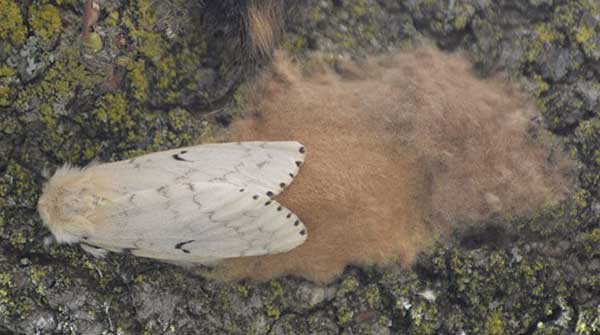When nature gets nasty
 Back in August, I wrote about some positive effects of forest fires. Today I want to expand on why nature sometimes gets nasty.
Back in August, I wrote about some positive effects of forest fires. Today I want to expand on why nature sometimes gets nasty.
While natural cycles have been ongoing since the Earth was created, adding hominids to the mix was, at first, benign. But our insatiable appetite emerged during the Industrial Revolution, and it was never the same after that!
At first, humans had no idea that their actions could cause harm or long-lasting impacts. How could killing a few egrets for their feathers so European women could wear pretty hats cause an impact? How could sport shooting Passenger Pigeons by the billions be impactful. After all, their numbers were limitless – weren’t they?
Eventually, we came to understand that our actions had consequences: but instead of accepting that, we fought nature and carelessly allowed our beliefs, rather than facts, to lead us.
 |
| Related Stories |
| Do you know what thigmotaxis means? Pinnipeds do it all the time
|
| Can flying squirrels really fly?
|
| Who doesn’t want to eat a meadow vole? |
Early settlers imported animals and plants to North America to amuse themselves and remind them of their homelands. For example, the Starling and House Sparrow arrived on our shores and almost eliminated the Eastern Bluebird as they competed for nest sites with our native thrush! We raised cattle and sheep and then killed the wolves and coyotes because they ate our livestock. In the process, other pests ran rampant – rats overran our granaries and deer over-populated, destroyed their habitats, got sick, and died anyway. The survivors were less healthy than the ones hunted by the wolves. Survival of the unfittest?
Our need to own and use more has led to catastrophic declines in Amazonian rainforests and other primary forests. Palm oil is a major contributor to many social and environmental disasters, yet we ‘need’ it for perfume, toothpaste, make-up, food and almost everything else we deem essential in our lives. We import from across the globe and, as a result, allow pests to reach our shores – fish in the ballast of large ships, Zebra mussels, wood-boring insects in pallets, and spiders and snakes in foodstuffs.
Of course, we also feel the urge to own exotic animals as pets and, as we tire of them, we ‘set them free’. Snakes, turtles, birds, goldfish, etc., are released by the millions into an environment foreign to them with devastating consequences.
Let’s return briefly to forest fires:
If we had managed our forests better in the recent past, we might have avoided some of the fires we are seeing today. The methods we used to fight fires in the 70s and 80s created the very conditions that are leading to the devastating fires today: tinder left over from dead trees just stood there waiting for a spark to ignite them and our monocultural landscapes, be they pine plantations or soybean fields, have lead to infestations of pests at magnitudes we cannot manage.
The past knew better.
A patchwork of fields isolated crops from each other, and buffers were created so pests couldn’t travel freely between fields. Now we do the opposite: field after field of the same crop, with the hedgerows (buffers) removed to increase yields. Not only were hedgerows once the homes of numerous animals but acted as a barrier to pests moving easily between fields.
Urban development has left us with not enough trees left to withstand the attacks of pests such as the (soon to be formerly called) Gypsy Moth on the landscape. And more importantly, our forests are made up of only a few tree species, many of which aren’t even native to North America (e.g. Norway Maple).
So, in essence, although we seem surprised when nature appears to be out to get us, we really are the creators of our own fate. Eurasian Watermilfoil, Killer Bees, Purple Loosestrife, Starry Stonewort, Phragmites, Emerald Ash Borer, and so many more that cause us concern are the wave of the future unless we change our ways.
Geoff Carpentier is a published author, expedition guide and environmental consultant. Visit Geoff on LinkedIn, Instagram and Facebook.
For interview requests, click here.
The opinions expressed by our columnists and contributors are theirs alone and do not inherently or expressly reflect the views of our publication.
© Troy Media
Troy Media is an editorial content provider to media outlets and its own hosted community news outlets across Canada.

